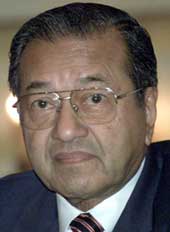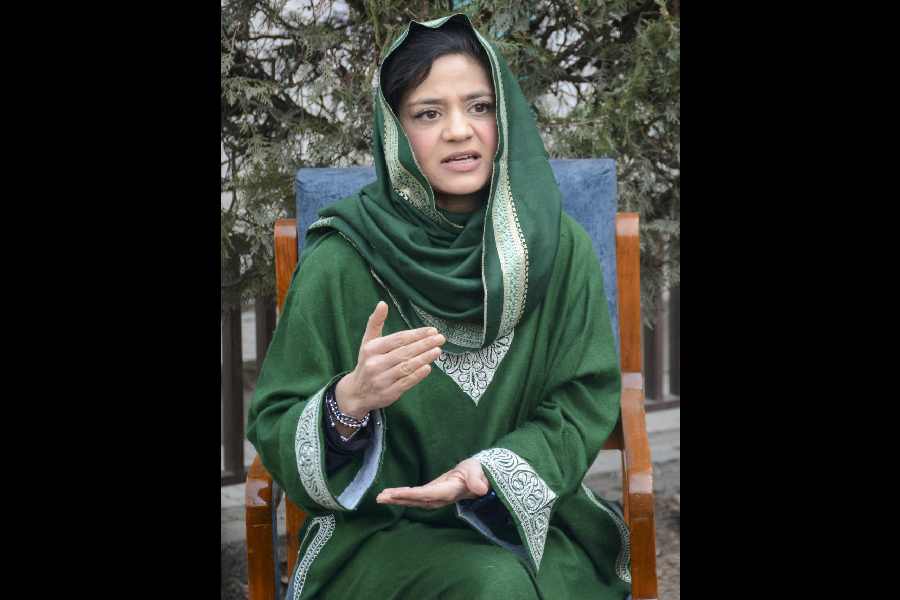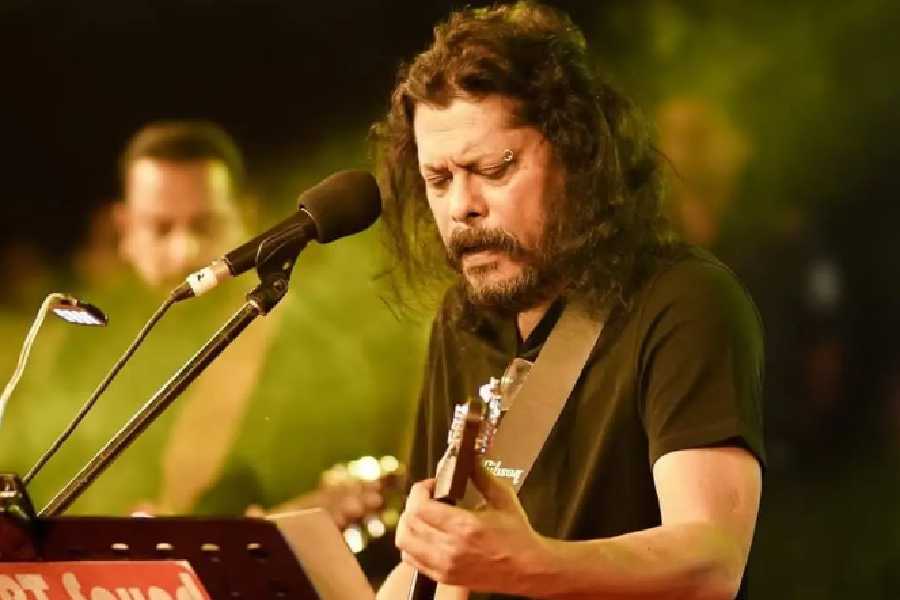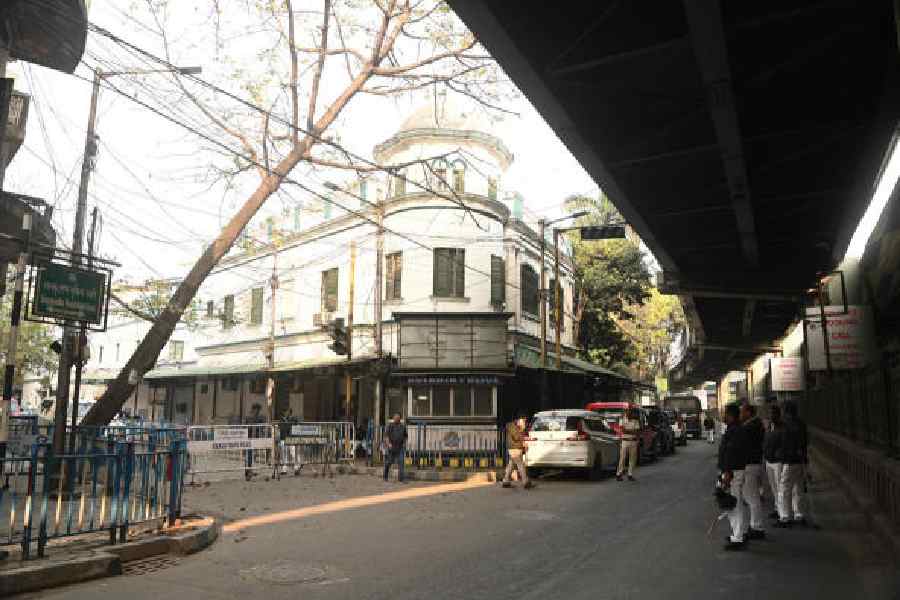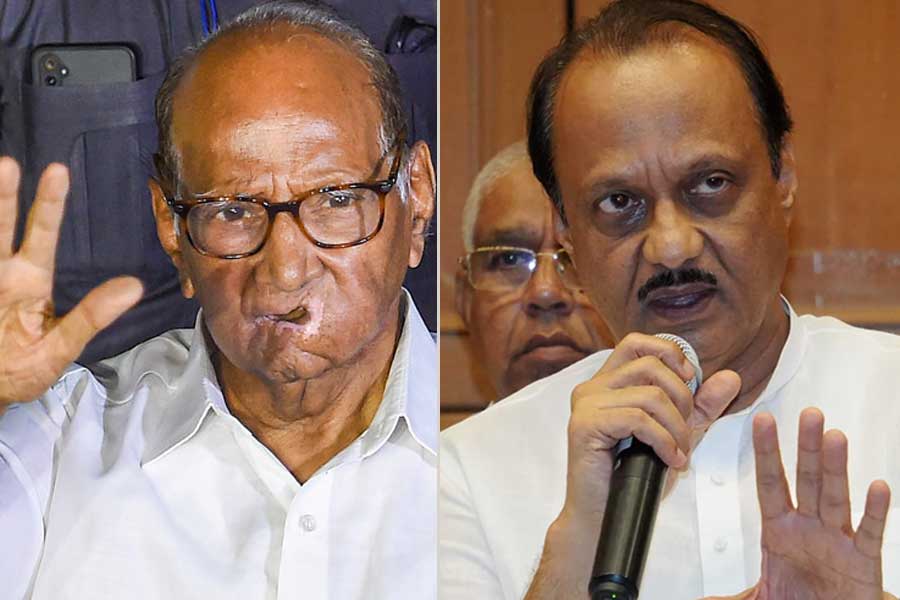 |
The Padma Vibhushan comes to 80-year-old Mahasveta Devi exactly 20 years after she received the Padma Shri in 1986. In the intervening decades, she has become increasingly involved in leading a movement of tribal rights ? she founded Tribal Unity Forum the year she received the Padma Shri. Later, she became wholeheartedly committed to the Paschim Banga Kheria Sabar Kalyan Samity and in 1998 tied up with Denotified Tribes’ Rights Action Group. Her Magsaysay Award in 1997 was in recognition of her literary achievement as well as her activism.
But her Padma Vibhushan recognises only her literary stature ? a rare honour for a Bengali writer. Not surprisingly, the book business of West Bengal considers her a cash cow. Her books not only have an excellent shelf life but also promise a big turnover.
Several publishers vie for her titles. Sabitendranath Roy of Mitra & Ghosh points out that her titles do very well and go into a second impression within a year. This is a big achievement in the Bengali literary scene. She has admirers from all age groups among the Bengali reading public.
And her profile is not restricted to West Bengal alone. Says historian Partha Chatterjee, “She is possibly the most translated of the contemporary Bengali writers and has a large following all over India.” He also thinks that she has a distinctive image compared to other Bengali writers because of her activism.
Her activism in bringing the tribal cause centre-stage has been commended by Sahitya Akademi award winner, writer and poet Joy Goswami. Says Goswami, “Marginalised people who would normally be excluded from mainstream literature found a voice in her literary magazine Bortika.”
Her impassioned projection of tribal life began with Aranyer Adhikar, where she created a subaltern hero in Birsa Munda, and received the Sahitya Akademi award in 1979. Since then she has explored the miserable exploitation of tribals and created unforgettable characters like Basai Tudu and many others. In order to steer clear of any sense of romanticism, she evolved a staccato style of writing compounded with elements of reportage, academic research, administrative communication and the language of the common people.
Winner of Sahitya Akademi award and Bankim Purashkar, Prafulla Roy has also written about marginalised landless peasants of Bihar and Bengal, but what makes Mahasveta Devi different is the note of irony that she brings to the treatment of her subject. Even though she identifies herself with the exploited tribals about whom she writes, simultaneously she also distances herself as a clinical observer.
The style has been accepted by a wide spectrum of readers. Young students in their teens such as Priyabrata Dasgupta and Sandeepan Nandi exult over her writing as much as adult readers like Sukanta Das and Shelley Mukherjee, employees of a nationalised insurance company. Says Dasgupta, “Mahasveta Devi has highlighted the plight of people who are considered to be little more than animals in elitist urban circles.” Holds Mukherjee, “Her writings are an inspiration.”
Even though her style of writing, like her persona, is punchy and direct, there is a vein of romanticism embedded in her narration. Perhaps this strand in her thinking is what makes some of her fiction acceptable grist to the Bollywood mill. Her novel, Hajar Churashir Ma, based on the turbulent Naxalite movement in the Seventies, was made into a film by Govind Nihalani and starred Jaya Bachchan. Her later work Rudaali was earlier adapted by Kalpana Lajmi and had Dimple Kapadia in the lead role.
Prafulla Roy is enthusiastic about Hajar Churashir Ma and Mahasveta Devi’s coverage of the stormy political climate of an era when the Naxalite movement was being suppressed with an iron hand. Says Roy, “She has transcended the barriers of time and and has wedded real life into literature. This is all the more reason for today’s generation to be grateful to her for her humanism.”
Hajar Churashir Ma is an important signpost in her literary map. From this time onwards, she moved away from the earlier historical fiction that she wrote and introduced a contemporary political consciousness in her work. Although Hajar Churashir Ma, the story of a mother whose Naxalite son dies in prison, has been lauded by writers like Goswami and Roy, there are others who raise questions.
Even as Goswami says that the book has been an inspiration to any number of budding writers, writers like Raghab Bandyopadhyay, who wrote Comunis set in the same period of the Seventies, say that it was not an authentic document of the raw reality of that turbulent period. He believes that it side-stepped the real issues and questions raised by the unprecedented violent movement and created instead an emotional atmosphere.
Such contrasts and dichotomies pervade the persona of Mahasveta Devi. A bitter and vocal critic of the establishment, she has not eschewed the awards and honours heaped upon her by the government and other institutions. And the awards have been like a spate from an overflowing cornucopia.
In 1997, she received both the Magsaysay and the Jnanpith awards. There have been other recognitions and now the buzz is that she is being proposed for a Nobel prize by her translator Gayatri Chakravorty Spivak. Being very pragmatic, Mahasveta Devi accepts the cash awards on behalf of her Paschim Banga Kheria Sabar Kalyan Samiti. And being sure of her readers, she does not flinch from the glare of public arclights. She has no fear of being co-opted.

